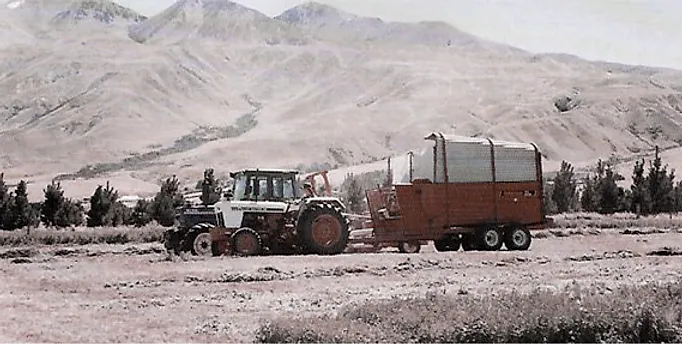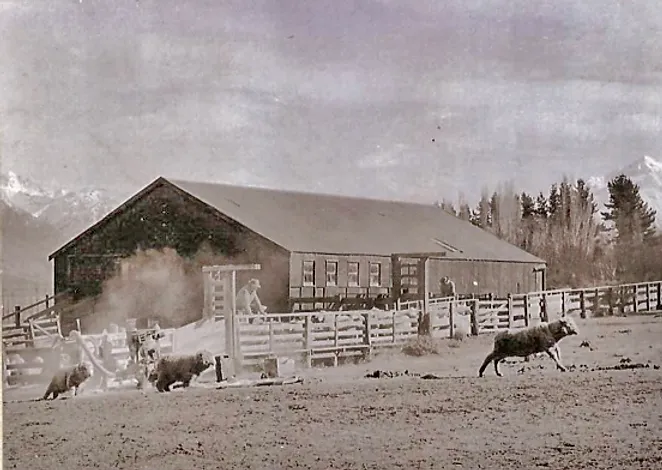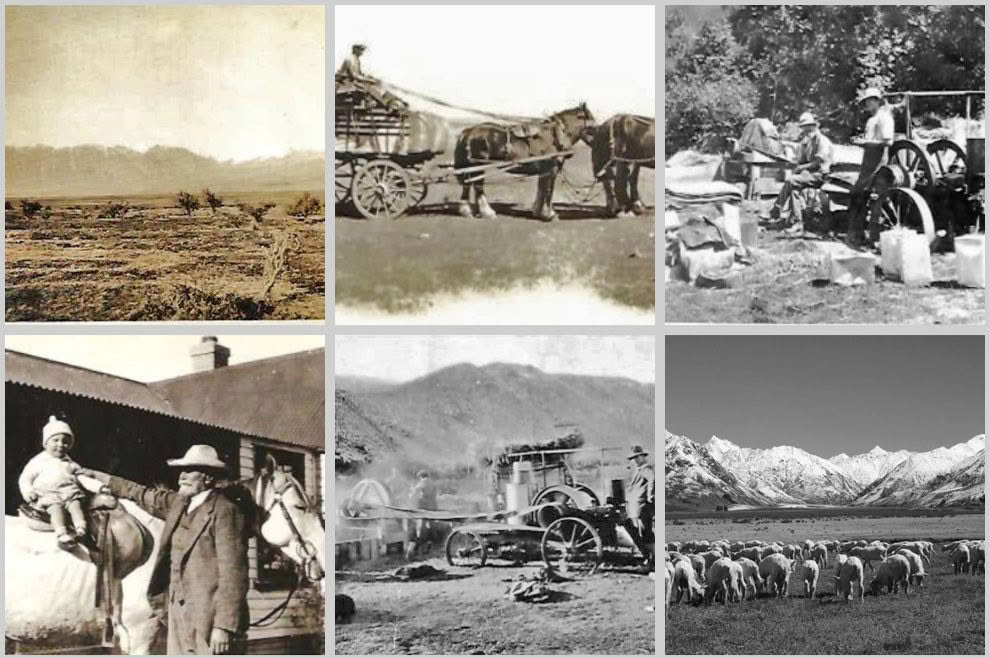History of Mt Potts Station
It was not until 1911 that Mt Potts became a station in its own right. Earlier it was part of Hakatere – the original run – which bordered the northern boundary of Mt Possession, and the lands between the Rangitata and Potts rivers, and north to the Ashburton River.
In pre-European history, the Hakatere region was not settled by New Zealand’s native Maori people, however members of the Ngai Tahu iwi that settled in Te Waipounamu (South Island) would crisscross the region during spring and summer for mahinga kai – meaning food and resource gathering. Food sourced from the region included tuna or eels, weka, kaka, kereru, tui, pukeko, aruhe (fern root), kiore (rat), kokopu (fish), and tikouka (cabbage tree fronds).

European Settlement
The first Europeans known to reach the South Island were the crew of Dutch explorer Abel Tasman, who anchored at the northern end of the island in Golden Bay in 1962. Tasman named the area Moordenaar’s Bay (Murderers Bay) following a clash with Maori, before sailing north to Tonga.
The first official European settlement in the South Island was founded at Bluff in 1823 by James Spencer, a veteran of the Battle of Waterloo. The gold rushes of the 1860s in Central Otago, Arrowtown and the West Coast, which centered on Hokitika, were the driving force behind the early stages of European (Pakeha) settlement in the South Island.
Exploration of Mt Potts
Much of the country around the Mt Potts Station was explored by Thomas Henry Potts, who immigrated to New Zealand in 1854 at age 30. An accomplished naturalist, he led a team who explored the upper reaches of the Rakaia River, and pushed into the country around Lake Clearwater in 1857. It was during this trip that Potts named Lake Heron.
During the next three years, Potts took up further land to the west and later added the Jumped Up Downs run. While he had a reputation as an expert stock-man, particularly with cattle, Potts never actually lived on his run. It was his brother-in-law Henry Phillips, who managed the run (from within the flaps of an aging tent), before they built a homestead on the banks of Potts River.
In 1870 major changes were made on Hakatere Station as cattle were moved off the run, and replaced with sheep. A short time later, the Potts homestead was shifted from its original site to a new location near the Ashburton River. In 1883, the New Zealand Merchandise Company took over Hakatere from Potts, and 11 years later the company added Mt Possession to its portfolio.
During 1891, the leases for Hakatere came up for renewal. The land was divided into two parts and the run was put to ballot. The land that faced Ashburton where the homestead was located continued to be known as Hakatere, while the other half, lying between the Potts and Rangitata rivers was secured by the Johnstone family and renamed Mt Potts.

In 1924 the property was purchased by Cotty Burdon for $30,000 including stock. Burdon, who was an Oxford University Scholar and WWI veteran, held the property until 1939. Bruce Hay took over 7,200 sheep on his purchase in 1939, marrying his wife Kathleen the following year. Within a short time Hay joined the New Zealand Allied Forces overseas, where he served with distinction. Throughout the war, Kath lived at Mt Potts employing managers to run the property.
In 1947 the property was sold and run jointly with Mt Possession and Hakatere for 10 years. Early in this time, many of the best river flats were washed away in a series of floods, and more than 1500 ewes were lost.
Watch this video to get an idea of what it was like to live and work in the high country back then. Although to tell the truth not much has changed since then!

A new homestead was added in 1973. Six years later, the Mt Potts and Erewhon leases were brought by Alistair and Colin Urquhart in partnership, although farmed separately. During this time a new cottage, wool shed and additional farm buildings were added. In 1995 the 9700 hectare property was sold to Mark Cotton from Otago, who resold it to Mark Drewsby in 1998. Drewsby removed all the sheep, a large portion of deer and restocked the farm with cattle.
In 1998 the station went through the land tenure review process. This ceded most of the property to the Department of Conservation, leaving 1200 hectares of freehold land which is the Mt Potts Station of today.
In 2011 the station was purchased by Alexandre Germanovich.